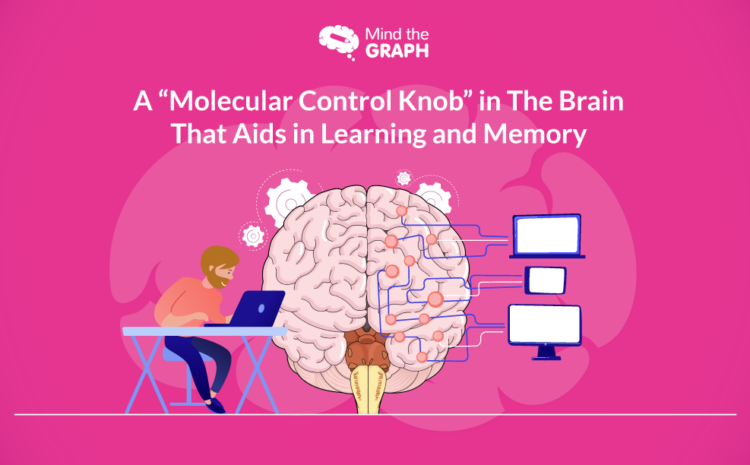Every machine has a control panel to control various functions, especially the switch on and off mechanism.
Ever wondered if our brain had one too where one could control the functions of the brain?
Well, new research suggests a “volume molecular knob “ that regulates the electrical signals in the brain in learning and especially with memory.
This could be the master switch mechanism that could be a game-changer for neural disorders.
The research published by Michael Hoppa and his team suggests how regulating electrical signals could play a major role. The study revolved around identification of molecules that regulated the signal.
THE NOTION BEHIND THE RESEARCH
Synapses are the junction where the electrical signals are transmitted between the nerve cells.
These electrical signals are converted into chemical neurotransmitters by the brain that travels through synaptic gaps. The team described how the shapes of electrical signals benefit the functioning of synapses.
The Neurons that are activated during the neurotransmission have different patterns.
These changes in shapes and numbers lead to the strengthening or weakening of the synapses (also known as synaptic plasticity ).
When the brain cells found on both the ends of the synapse continuously exchange chemical signals, long term potentiation occurs(LTP).
This LTP enhances the signaling between cells and synapses and also leads to the strengthening of synapses. This LTP is the basis for learning and memories in the brain at a site called the hippocampus.
The researchers focussed their study on the hippocampus area in the brain. They found that the signals transmitted across the synapse in this area were found to be analogous.
The team discovered that the electrical signals or the “spikes” were delivered in the form of analog signals and not digital signals.
This discovery paved their way to a clearer understanding of the mechanism. These analog signals made it easier to regulate the strength of the brain circuit.
The molecule regulating these electrical signals was also found. The molecule Kvβ1 widened the presynaptic action.
This molecule not only regulates the potassium current but also helps in shaping the electrical signals.
When they previously carried out the experiment, they excluded the Kvβ1 molecule in the mice. Soon the results showed an opposite reaction, there was a drastic impact on the sleep and memory cycle of the mice.
This confirmed the positive action carried out by the molecule in the system.
Apart from this their research also uncovers how single electrical impulse can transport multi bit of the information that allows more control at low frequency signals.
This means that our brain is way more efficient than one can imagine. Technically our brains perform super-computational tasks at low electrical signaling.
Their research enabled the measuring of the voltage and neurotransmitter using light that in turn measured the electrical signals in the synaptic connection sites.
This changed the perspective as well as widened the scope of research in the field of molecular regulators that plays a vital role in brain activity.
This discovery enables a whole new path for pharmaceuticals. This could lead to the findings of new drug delivery in case of dementia or Alzheimer’s.
Molecular regulators could be the key to utilizing the complete brain capacity. Many neurological diseases could be cured if the right brain metabolism pathway is found.
Like they say that learning never exhausts the mind, it’s a power that can change the world. This discovery no doubt leads to a whole new level of learning and power to hold on to it.
To know more about their research , check out the reference given below.
Reference :
In Ha Cho, Lauren C. Panzera, Morven Chin, Scott A. Alpizar, Genaro E. Olveda, Robert A. Hill, Michael B. Hoppa. The potassium channel subunit Kvβ1 serves as a major control point for synaptic facilitation. Proceedings of the National Academy of Sciences, 2020; 202000790
DOI: 10.1073/pnas.2000790117

Subscribe to our newsletter
Exclusive high quality content about effective visual
communication in science.





